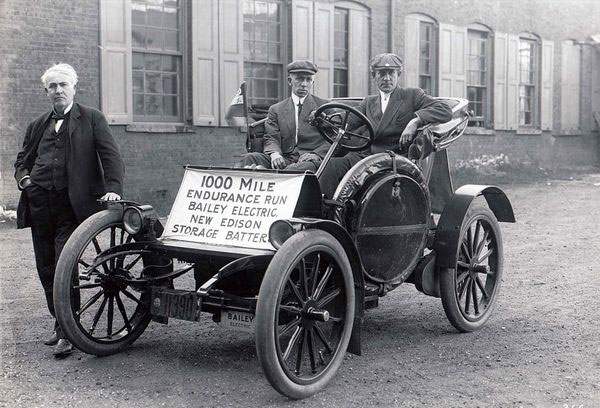Electrical power engineers know that it is unwise to imagine a totally electric mobility system in the mind’s eye of vertical incumbents, policy makers and trendsniffers. That does not mean that, as licensed professionals, we cannot positively respond to the demand for more electric mobility on campuses and within school districts.
Today we run through current codes, standards and guides to make that power supply chain safe and sustainable. Use the login credentials at the upper right of our home page.
In addition to the “NEC canonicals” — listing, coupler heights, disconnect, grounding, voltage, ampacity and overcurrent protection that would likely be applied in a fleet enclosure, more specific passages are relevant when the charging stations are widely dispersed in exterior locations:
Article 225 Outside branch circuits and feeders
Article 625 Electric Vehicle Power Transfer System
We will deal with cable management, IEC 61851 titles, Level 1 & 2 equipment, load management, placement of charging stations at motor fuel dispensing installations and wireless charging systems in a separate session.
NECA 413 Standard For Installing And Maintaining Electric Vehicle Supply Equipment
National Electric Vehicle Infrastructure Standards and Requirements
Much like designing and building campus outdoor lighting systems, there are more site-related issues to be reckoned with. For example:
- Charging infrastructure: One of the biggest space usage problems with EVs is the need for charging infrastructure. EV owners require access to charging stations in order to recharge their vehicles, and these charging stations can take up valuable space in public areas or campus parking structures that may require additional fire protection systems (that also require upgraded electrotechnologies.
- Battery storage: Another space usage issue with EVs is the need for battery storage. EV batteries are large and heavy, and require adequate storage space for safe and secure disposal at the end of their life cycle.
- Vehicle size: Many EVs are larger and heavier than traditional gasoline-powered vehicles, which can create space usage problems in urban areas where parking and road space is limited.
- Recycling infrastructure: As EVs become more common, the need for specialized recycling infrastructure for EV components, including batteries, motors, and electronics, is likely to increase. These facilities require additional space and resources to safely and efficiently process and recycle these components.
Addressing these space usage problems will require a combination of policy interventions, technological innovations, and public awareness campaigns to promote the benefits and potential of EVs while minimizing their environmental impact and spatial footprint.
Drivers and Barriers to Implementation of Connected, Automated, Shared, and Electric Vehicles









